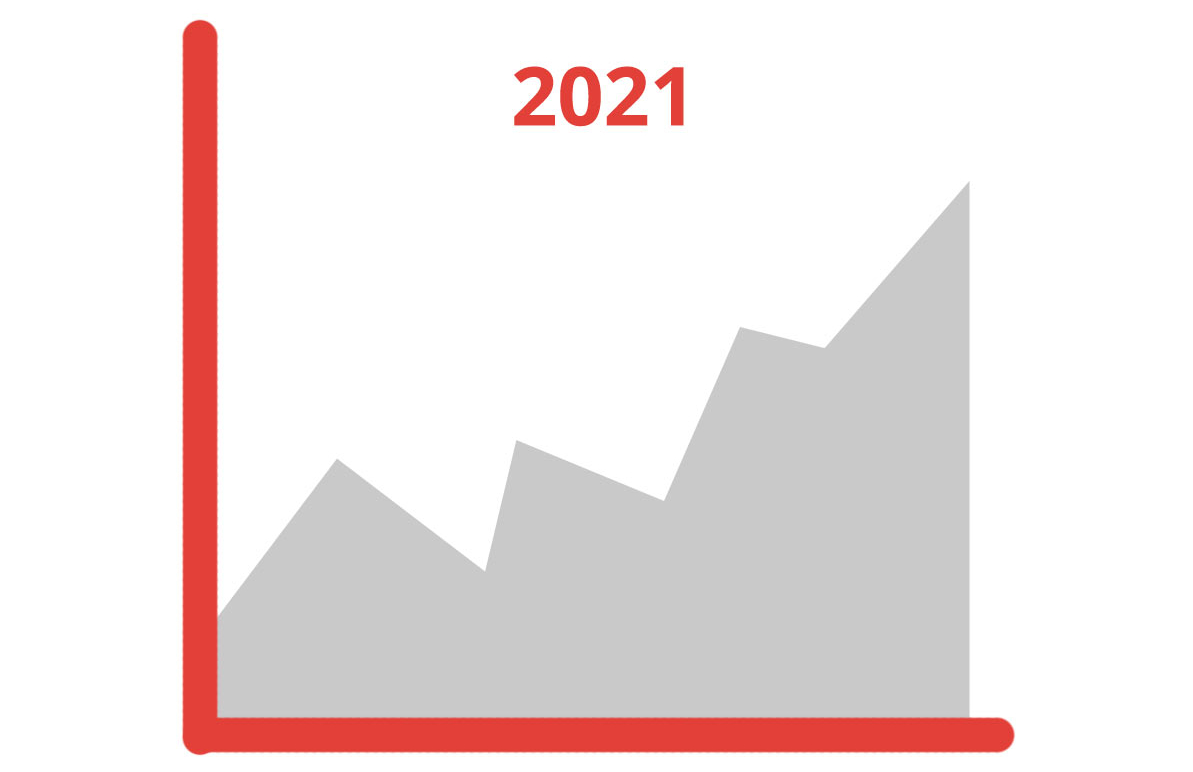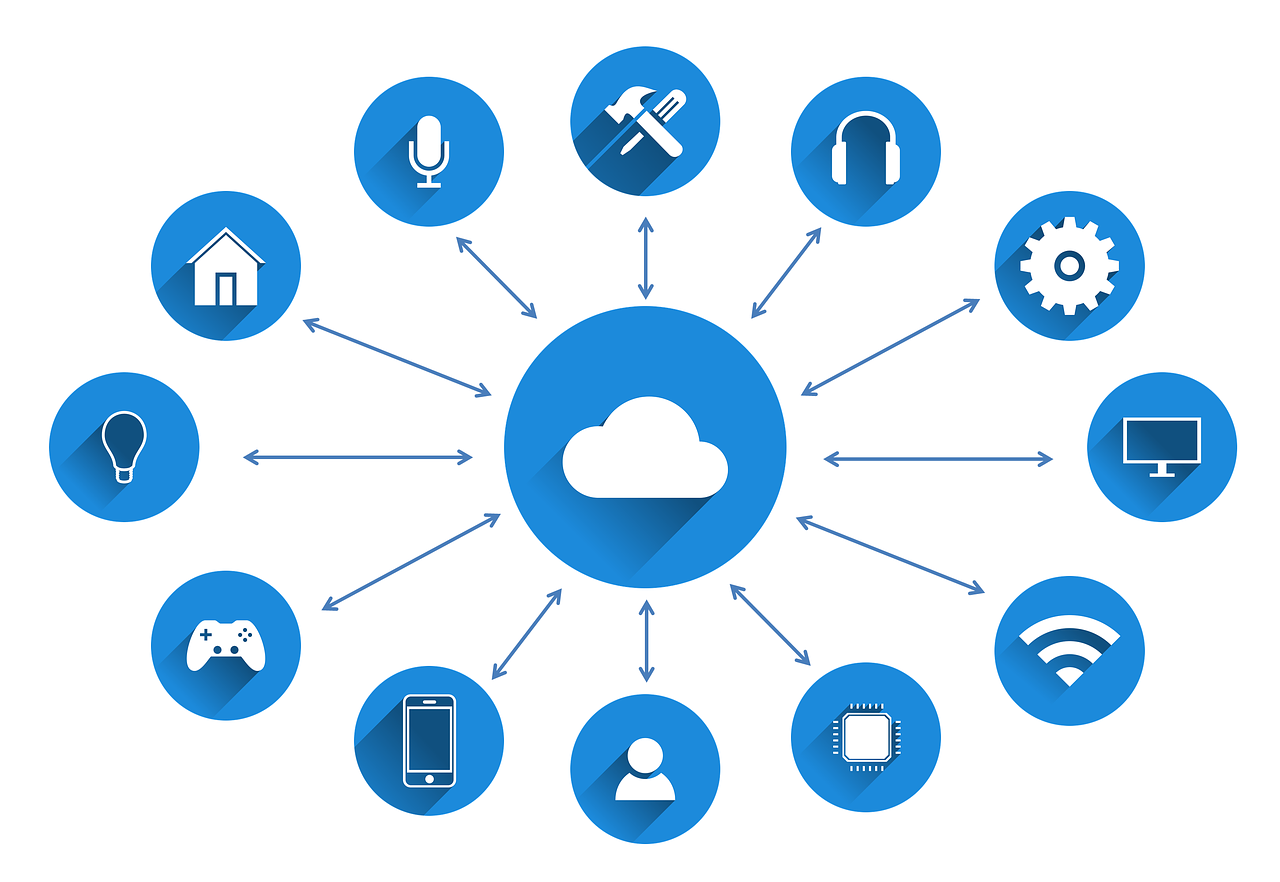What are Some Trends and Predictions for 2021?
Looking back at 2020, the year has been hectic no matter what industry you’re in. From agriculture to real estate, every industry has been impacted in ways that could never have been predicted. Revenue has dropped for many businesses, making it impossibly hard for some organizations to reach quotas, for example small family businesses and restaurants. The technology/business sector has been luckier than most. Although this year has pushed all industries to their bounds, we in the tech and business sectors have had the benefit of being the necessity during the crisis; the cloud really saved the day. We want to give you a look back at this year, and a glance into the trends and predictions for 2021, for communities of all sizes.
Top Trends for 2020 and the Impact of the Pandemic:
In our recent webinar, Betty Rhiger said that the organizations who were prepared (ie. with online ordering or curbside pickup enabled) were able to react swiftly and adapt to handle the disruption of the pandemic. The digital transformation driver with the biggest ROI is a disruptive business model that has the ability to adapt to a changing market in an agile way. So what were the top business/tech trends of 2020 that allowed organizations to shift during the impact of COVID?
- Changing Business Models
The pandemic has pushed many companies to stretch and fill holes they didn’t realize existed. We know that oftentimes, people don’t realize what they are missing until the need arises, and it was the same with COVID. From local tech organizations to the massive tech giants at the forefront of innovation, everyone changed their business models this year. COVID “stress tested” cloud service providers, pushing them to their limits to keep up with demand. In April, Microsoft reported a 775% increase in the demand for cloud services. For more information on how the technology industry reacted to the pandemic, read our article here.
- The Increased Importance of Connectivity
As well as this, connectivity has taken on new importance. Not being able to see friends or colleagues at work has taken a big toll on company relations, but virtual collaboration has come a long way since the start of the year. Take Microsoft Teams for example. They have updated the platform to minimize “meeting fatigue”, save time, and keep people engaged. We can see connectivity as a trend in 2021, and predict it will carry over to 2021 just as strongly. To learn more about virtual collaboration and its future, click here.
- More Data-Driven Cultures
And finally, prioritizing a data-driven culture is becoming more crucial than ever. With the omnipresence of the cloud, and the imminent need to collaborate regardless of location, there is a bigger need than ever to be relying on the same data. Organizations with a data-driven culture, better satisfy customers.
Trends and Predictions for 2021:
We see many new trends and predictions emerging on the horizon for 2021, but we wanted to share a few of the most crucial. COVID doesn’t seem as though it will dissipate with the new calendar year, and so advanced connectivity will still be in demand.
- A Demand for Efficiency
Platforms like Google Meet, Zoom, and Microsoft Teams will be under the most pressure to date; all organizations relying on remote operations will be pressing for innovation. With this also comes the desire for faster turnaround times in the service industry. From SaaS in cloud to Doordash, there is a new appreciation for efficiency because the majority of services are now virtual. There is a reduction in in-person interactions, therefore creating a need for quicker service.
- Automation and Digitalization
How do we see this happening? With more automation and digitalization. COVID has already taken most organizations to the cloud, but now there’s a need to stand apart from the crowd. The only way to do that is by becoming even more attractive and foolproof to customers, through automation, creating as little hold up as possible.
- Cybersecurity and MFA
This all sounds very exciting, and daunting, for cloud service providers and those in the software development industries, but it’s important to note that trust, safety, and inclusion are more important now than ever. Data security has always been crucial, but now that everyone is taking to the cloud, cybersecurity and multi-factor authentication (MFA) is necessary. For more information on MFA and its benefits, read more here. How would we suggest managing your cloud security? Read our article on the “5 Cloud Security Best Practices” and get an inside scoop. We can predict that cybersecurity will be very vital in the months to come.
Looking to the Future
This unprecedented time has taught us a lot as business owners and leaders, but more importantly, as humans. We have now seen first hand how resilient our communities can be, and how even in the face of adversity, we find ways to gather and support each other through difficult times. COVID has been scary and unsettling for many, not knowing what the future holds, but we at Optimus are hopeful that there will be more light than ever in 2021. We are gearing up to take on the new year and we are excited to see what it brings for the tech community. Happy new year!


